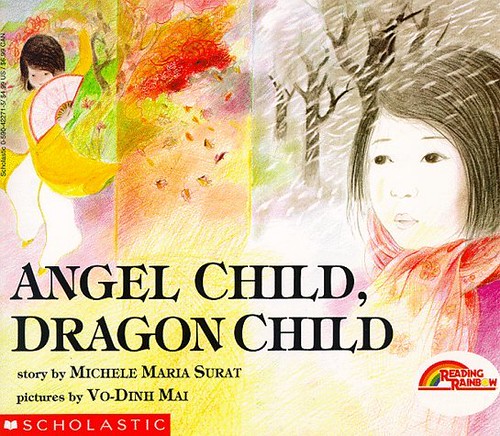I love to find books that help ignite a student's curiosity about larger issues. Storybooks are perfect for whetting the appetite of middle and high school students. Any of the following three books would work well in the classroom at the beginning of a Civil Rights unit.
My Brother Martin A Sister Remembers was written by his sister Christine King Farris and illustrated by Chris Soentpiet. Published in 2003, Farris tells about what their childhood was like and some of the pranks they pulled on people. Martin Luther King, JR. was a prankster and had a great sense of humor. She tells about white families not allowing their children to play because they didn't want them to play with black children. She gives a valuable glimpse into their lives as children.
In the back of the book is a poem by Mildred D. Johnson, "You Can Be Like Martin" which tells of Martin from boyhood to manhood. Here is one sonnet of many:
"Martin had a dream, you know,
That all people would be free,
To live and work together,
In a country filled with peace,"
The illustrator, Chris Soentpiet used Martin Luther King, JR's nieces, nephews, and his great niece as models for the people in the book, which adds another layer of love to this beautiful work of art.
Martin's Big Words, an award winning book written by Doreen Rappaport and illustrated by Bryan Collier was published in 2001. Rappaport tells of a young Martin who felt bad when he read the words "White Only," but his mother told him, "You are as good as anyone."
This book talks about the Montgomery Bus Boycott, about Martin studying the teaching of Mahatma Gandhi, about the threats against his family, and his death. One of his quotes are woven into each page of the story.
The illustrations are collage, and Collier adds symbolism in the pictures. I love the power of the words and how Collier's illustrations add to that power.
The title is on the back of the book.
The third book, (and one of my favorites) is by Caldecott honor winning author and illustrator, Faith Ringgold.
My Dream of Martin Luther King was published in 1995, Ringgold's story puts the reader in a dream that is narrated in her voice. The reader gets to experience many of the things that Martin Luther King, JR. experienced. The dream shows many of the trials he endured along with his death and funeral and how all the world mourned this great man. Her story ends with everyone burning their bags of prejudice, hate, ignorance, violence, and fear to honor their slain hero. Her illustrations and words create emotion that will leave you in tears.
She ends with his words, ". . .And He's allowed me to go up to the mountain. And I've looked over. And I've seen the promised land. I many not get there with you. But I want you know tonight, that we, as a people, will get to the promised land."
Any of these books works as a jumping off point for a longer research project or unit, or you could share them with your class on Martin Luther King, JR. Day.
Thank you, Martin Luther King, JR, for your dream and ability to get people to work for positive change. You united people in a great case.
Read to a child today, even it that child is you.





